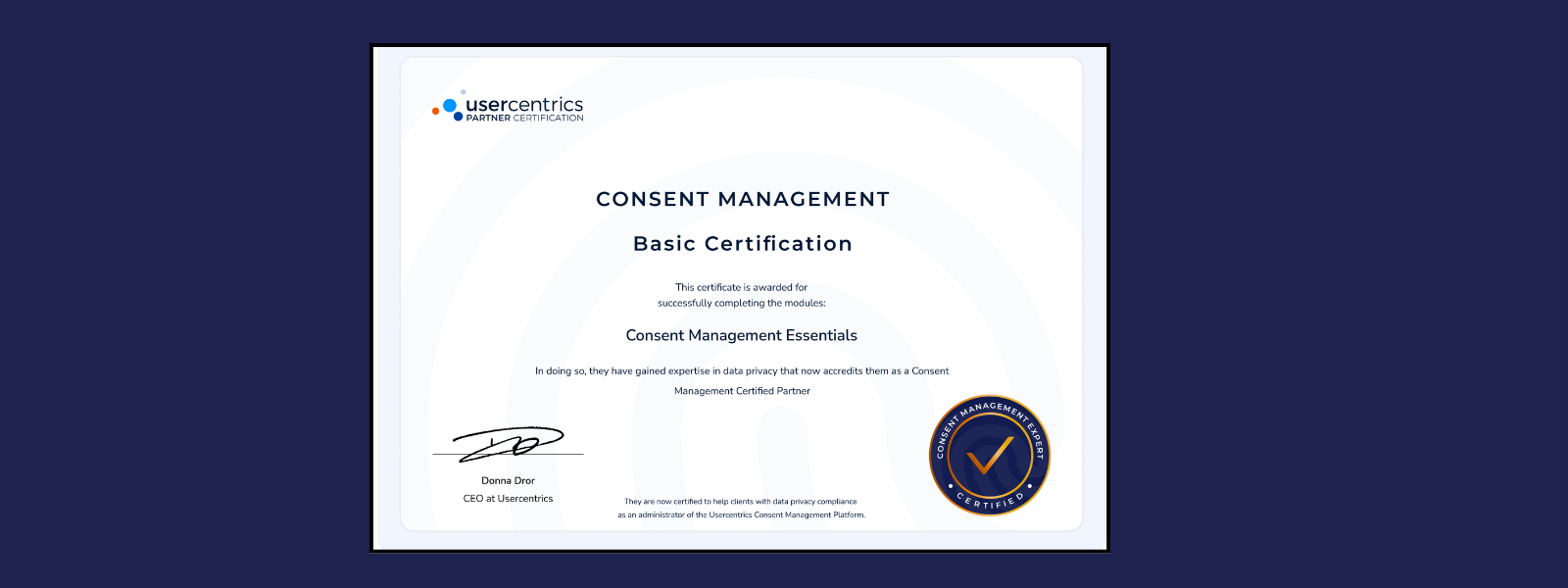Understanding Google Consent Mode v2: A Simple Guide

Ever heard of Google Consent Mode? If you run a website and operate in Europe (or recently, the UK!), you might have encountered it recently. Don't worry if it sounds complicated – it's a tool designed to help you respect user privacy while gathering valuable data for your business.
What is Google Consent Mode (GCM)?
Imagine you run a bakery website. Visitors might not always want their browsing habits tracked for advertising—that's where consent comes in. However, you still need some data to understand how people interact with your site and the effectiveness of your online ads.
This is where GCM comes in. It acts as a bridge between user privacy and data collection. With GCM, users who consent to cookies have their browsing data tracked as usual. This data helps you understand user behaviour and optimise your website and ads.
But what about users who don't consent? Here's the clever part: GCM uses a " modelling " technique to fill in the gaps. This means it creates anonymised data based on what consenting users do, giving you some insights even without personal information.
Why the Update to v2?
Google recently updated GCM to v2 to reflect stricter privacy laws. The main change is that GCM v2 allows for a specific type of data modelling that supports "remarketing" (showing targeted ads to people who previously visited your site) and ad personalisation while complying with regulations.
What Happens if I Don't Use GCM v2?
Here's the catch: if you didn't update to GCM v2 by March 2024, you won't be able to collect any data on new users from the UK or Europe using Google Ads and Analytics. This means:
- There is no data for remarketing campaigns targeting new UK/EU users.
- Google's ad algorithms won't be able to track conversions (sales) accurately.
- Less data to optimise your Google Ads performance.
What Do I Need to Do?
There are a few things to consider:
- Update your cookie consent banner: Make sure the language aligns with Google's new privacy standards.
- Update your privacy policy: Explain how you collect user consent and handle data.
- Enable GCM v2: There are basic and advanced options. We recommend the advanced option (using Google Tag Manager) to gather anonymised data even if users don't consent.
The Bottom Line:
Understanding and implementing GCM v2 might seem daunting, but it's crucial to stay compliant and keep your marketing efforts effective. If you think you may need external support, we are happy to help..
Comments